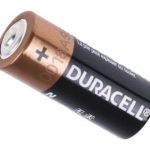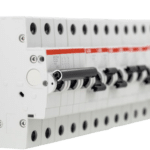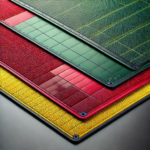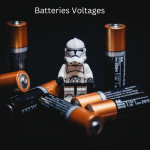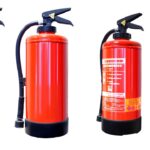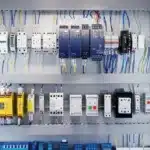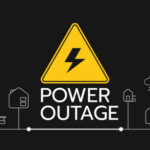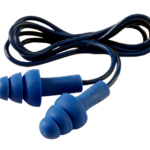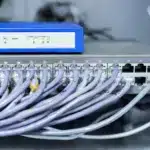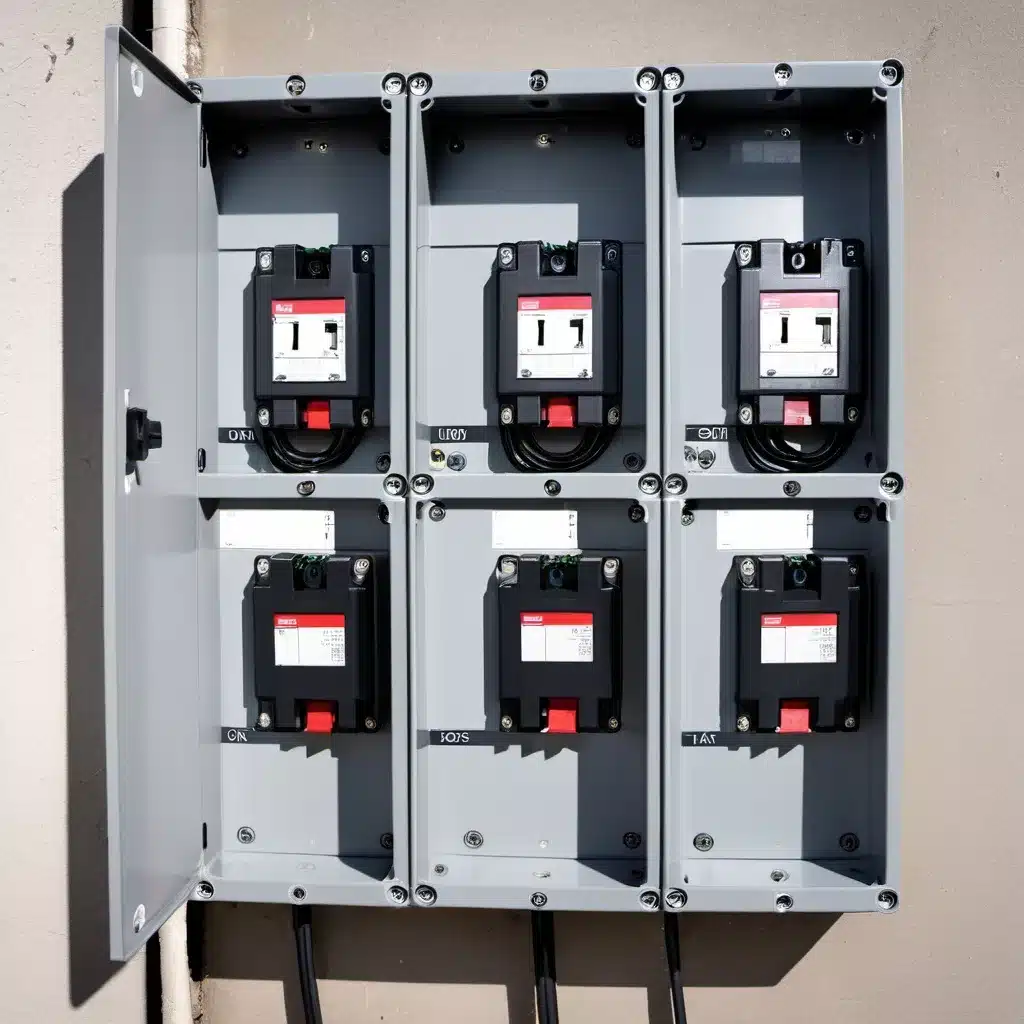
Introduction
Almost every residential, commercial, and industrial space heavily relies on electrical systems. The heart of these systems lies critical devices that ensure the safe and even distribution of power: the distribution board (DB). These essential distribution and protection devices safeguard valuable equipment, individuals, and facilities by regulating the electrical supply. This blog deeply dives into the significance of distribution boards and how they enhance electrical safety and efficiency in various settings.
Understanding Distribution Boards: Definition, Purpose, and Key Components
They are also called distribution panels or consumer units, are crucial enclosures expertly designed to distribute incoming power from the main supply to various circuits across a building. These fuse boxes act as the brain of electrical systems, managing and regulating electricity flow for optimised power distribution. A distribution board is a central hub that divides electrical power into subsidiary circuits while providing fuses or circuit breakers for each circuit.
The fundamental purpose of a breaker panel is to protect individual circuits from overloading, monitoring, controlling, and segmentation of electrical circuits to ensure robust electrical safety. Installing a fuse box safeguards appliances, devices, and occupants by preventing short circuits or fires.
Distribution boards comprise multiple key components, each contributing to its role in safety and efficiency. These include a main switch, circuit breakers, fuses, RCDs (residual current devices), busbars, neutral and earth bars, and DIN rails. These built-in components play an integral part in ensuring the distribution board operates efficiently while maintaining high levels of safety.
How Do Distribution Boards Work? A Brief Look at Their Operating Principle
Distribution boards receive power supply through a main breaker or switch. The incoming power is divided into smaller circuits for specific areas or devices, such as lighting, HVAC systems, or kitchen appliances. Moreover, each circuit comes with its own breaker or fuse to isolate faults, ensuring the safety of each part of the electrical system within the building.
Upon the occurrence of an electrical fault, the breaker trips, cutting off power to the affected area and protecting the system from damage. The organisation and efficiency of a distribution board allow simple management of electrical loads, making it easy to monitor, maintain, and repair circuits when necessary.
Different Types of Distribution Boards: Finding the Right Choice
They come in several types designed for specific applications and environments. The main types include:
Main Distribution Boards
The main distribution board is where the electrical supply first enters a building. It precisely controls the overall electrical distribution and is responsible for feeding sub-distribution boards, if applicable. Main breaker panels house major circuit breakers and the main switch and are crucial in managing and protecting the electrical load.
Sub-Distribution Boards
Sub-distribution boards branch off and operate under the main panel. These boards provide a secondary level of control and protection by further distributing electricity to smaller areas. Sub-distribution units are used in large buildings or homes where specific sections require independent control over their power supply.
Fuse Boards
Fuse boards are a type of distribution panel that employs fuses to protect electrical circuits from overload. Though they are largely replaced by modern boards with circuit breakers, they are still used in older installations. Fuse boards protect circuits through fuses, which need to be physically replaced when blown.
Single vs. Three-Phase Distribution Boards
These boards refer to the type of power they manage. Single-phase boards involve two wires and are typically used in residential properties. Three-phase DBs, on the other hand, use four wires and are common in industrial and commercial settings where more power is required.
How Distribution Boards Improve Electrical Safety?
One of the key ways panel boards enhance safety is through the use of circuit breakers, the core protective mechanism in a distribution board. When circuit breakers detect an abnormality—such as an overload or short circuit—they trip, breaking the circuit and preventing further damage or potential hazards like fires. Moreover, by preventing electrical overloads and short circuits, distribution boards play a vital role in fire hazard prevention. However, grounding is an essential feature in breaker panels, providing a safe route for electric currents to return to the ground. This prevents electrocution and equipment damage in the event of a fault, enhancing electrical safety.
The Potential Role of Distribution Boards in Energy Efficiency
A well-designed distribution board helps improve electrical efficiency by balancing the electrical load across various circuits. This balanced load prevents strain on any single circuit and minimises energy wastage, leading to reduced electricity bills and reliable power supply. Additionally, smart distribution boards come with advanced features that monitor power and help identify energy drains, resulting in overall energy savings.
Exploring the Versatility: Distribution Boards for Residential vs. Industrial Use
Fuse boxes serve a crucial function in homes and ensure that various household circuits operate efficiently and safely. Residential breaker panels are typically smaller, with fewer circuits to manage. Furthermore, they focus primarily on ensuring safe power distribution for household appliances, lighting, and HVAC systems.
Industrial distribution boards, on the other hand, are far more complex and handle higher loads. They incorporate specialised systems for machinery, lighting, and sometimes even backup power sources. These systems often include advanced safety features and monitoring tools to handle heavy electrical demands.
Final Thoughts
Distribution boards are indispensable safety components in any electrical system, managing safe power distribution. Whether it’s for a home, office, or industrial site, investing in a high-quality distribution board can lead to safer environments, reduced power loss, and improved energy efficiency. Last but not least, a well-functioning distribution board is a must for modern electrical infrastructure, regulating the flow of electricity and protecting circuits from potential faults.






